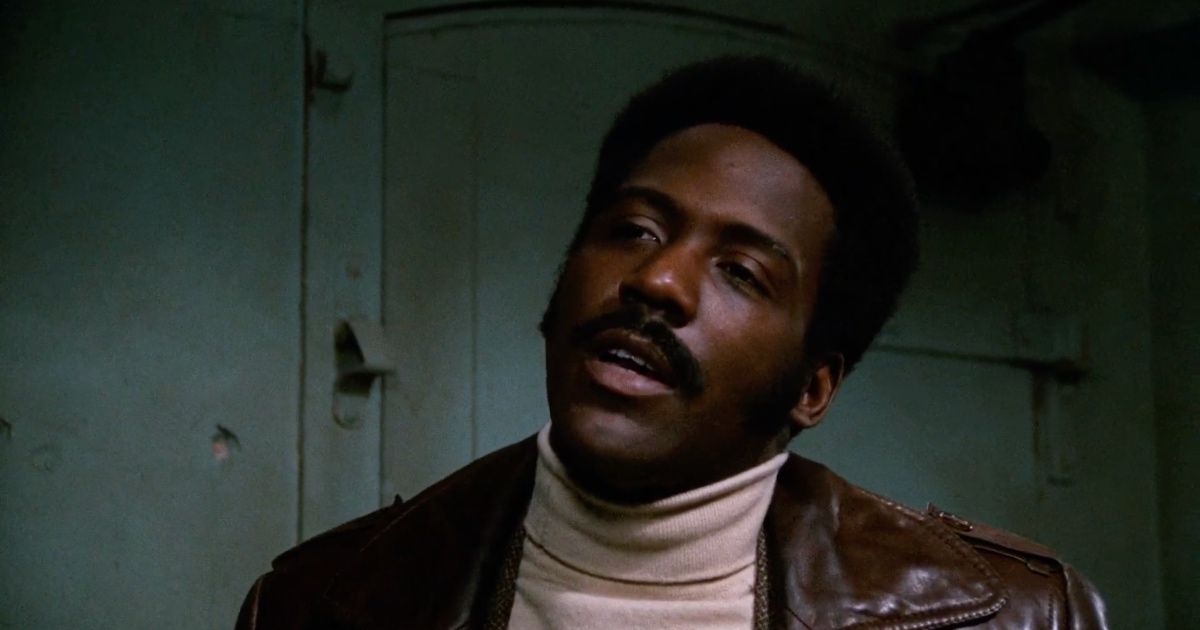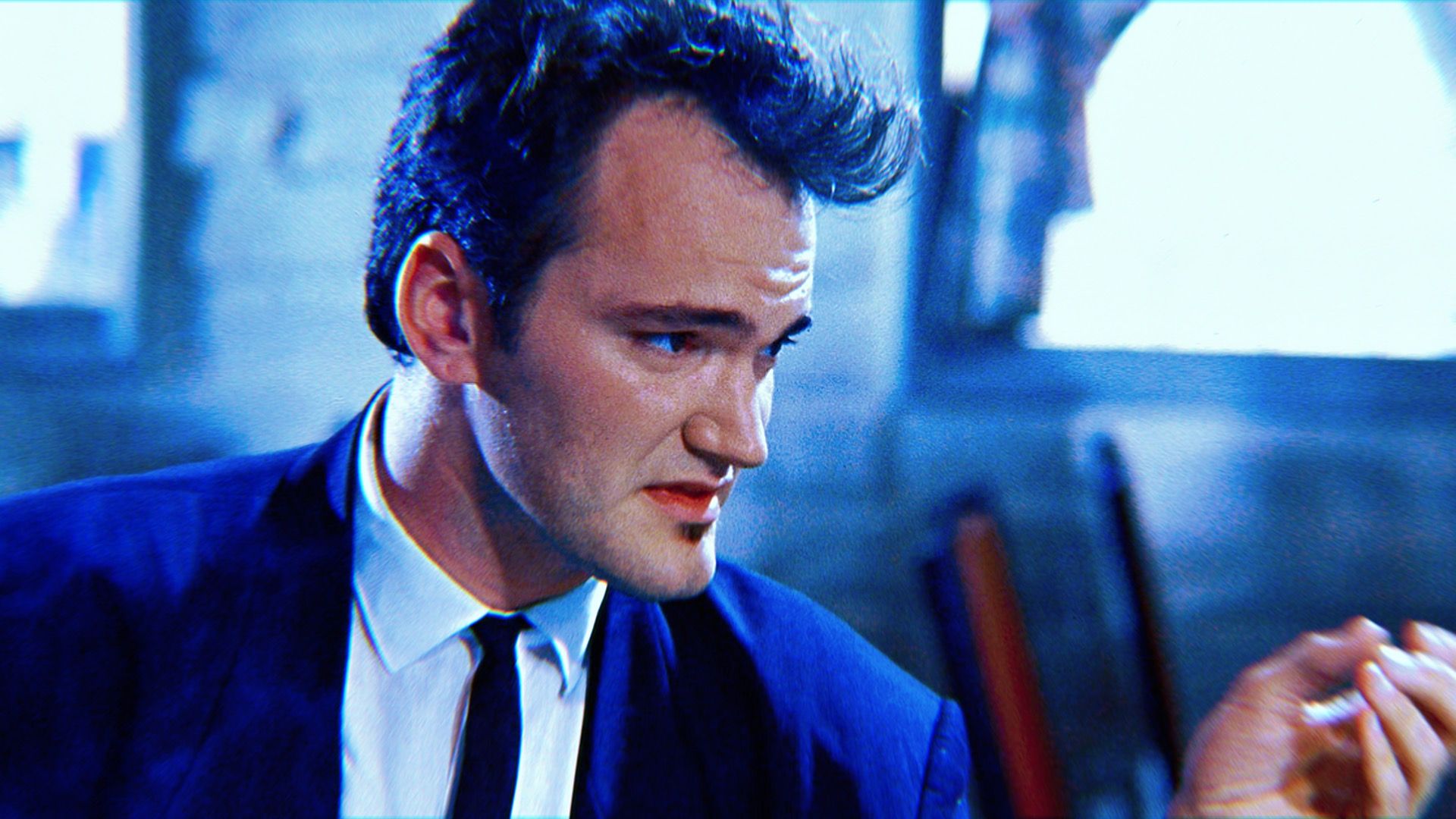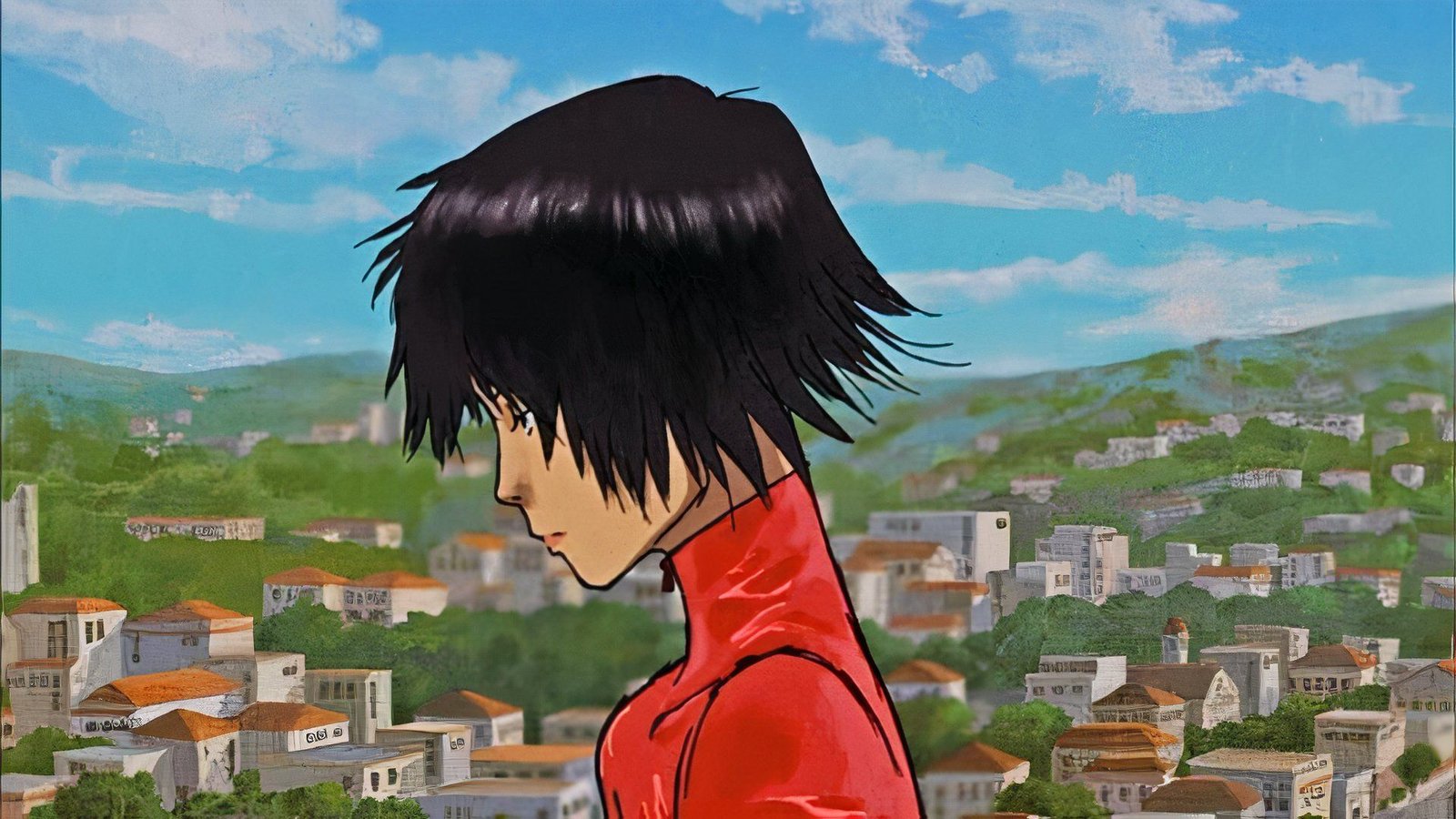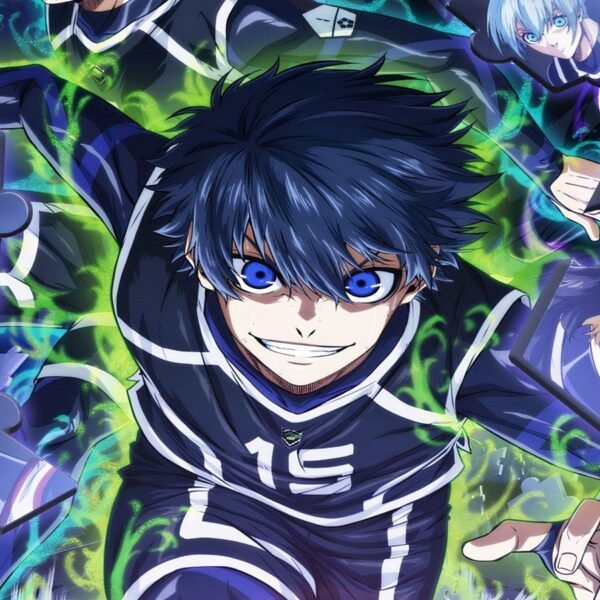Summary
- Quentin Tarantino’s unique narrative style shines in
Reservoir Dogs
and
Pulp Fiction
, bending traditional storytelling rules. - Kill Bill: Volume 1
showcases Tarantino’s love for Asian cinema with an essential animated sequence inspired by a 2001 Indian thriller. - Tarantino’s deep admiration for Asian cinema influences his work, creating visually stunning tributes in
Kill Bill
and other films.
There isn’t any doubt that if you find yourself watching a Quentin Tarantino film, you will experience a different kind of movie. From a narrative point of view, the bad boy of Hollywood and two-time Academy Award winner (for Best Original Screenplay) changed the landscape in the 1990s with Reservoir Dogs and Pulp Fiction. These two crime films bent the rules of traditional storytelling and are beloved by audiences.
Kill Bill: Volume 1, Tarantino’s martial arts epic about revenge served like a cold dish, is also one of his best films, both from a visual standpoint and narrative-wise. The film’s second part, aptly named Kill Bill: Volume 2, is also a showcase of Tarantino’s love for the twisted, the ugly, and the subversive. But it’s a more “traditional” film, with action sequences constantly flooding the screen, proving the second part ups the violence a bit. However, Volume 1 would include an essential sequence based on a medium that Tarantino wouldn’t use again throughout his career. An animated sequence in an extremely violent film? Yes. We’re in Tarantino land, and down here, everything can happen if it serves the purpose of a well-written story.
But the animated scene in Kill Bill: Volume 1 isn’t traditional. Tarantino went for anime, and to accomplish this, he hired Production I.G., the Japanese animation studio responsible for producing 1995’s Ghost in the Shell. The sequence, portraying the origin story of a villain character, arrives at the movie unannounced and feels like a breath of fresh air. Its inclusion is evidence of Tarantino’s love for Asian cinema in general, martial arts movies, and, of course, anime. Such love is so grand that the scene directed by Kazuto Nakazawa would become one of the most important sequences in Tarantino’s filmography.
The Purpose of the Anime Scene in Kill Bill: Volume 1
Tarantino dedicates an entire chapter of Kill Bill: Volume 1 to the anime sequence. Named The Origin of O-Ren, the sequence is the Bride’s way of introducing the audience to the first name on her kill list. O-Ren, code name Cottonmouth, is a former member of the Deadly Viper Assassination Squad, the group in charge of leaving the Bride for dead in El Paso years ago. Now, O-Ren is a leader of the Japanese yakuza, a spot she gets after colliding with a detractor and beheading him in a meeting. Yes, O-Ren means business, and through her origin story, we’ll see there are no limits to her endeavor.
Tuned to the song The Grand Duel – Parte Prima by Luis Bacalov, which is the title track of Giancarlo Santi’s spaghetti Western The Grand Duel and which proves the close relationship of this Samurai film with the Western genre, the scene begins with the Bride claiming O-Ren is a half-Japanese, half-Chinese army brat who stared death straight in the face at the age of nine, when Boss Matsumoto, a yakuza leader, killed her parents. Under her bed, O-Ren witnesses her parents being killed by Matsumoto’s henchmen. The house gets burned down, but O-Ren survives and swears revenge on everyone who was there that night.

10 Exploitation Films that Inspired Quentin Tarantino
Over the years, the director has evolved into a spokesperson for exploitation films, defending their cultural impact.
Cut to O-Ren, easily coming upon Matsumoto (he was a pedophile) and cutting him in half in his own bed. Then, Isaac Hayes begins playing Run Fay Run. O-Ren, now a 20-year-old assassin-for-hire, has become one of the top female assassins in the world. But at 25, she messed with the wrong woman and did her part in the killing of innocent people, including the Bride’s unborn daughter.
The scene was inspired by Tarantino’s love for a 2001 Indian thriller that mixed live-action and animation called Aalavandhan. It runs for almost nine minutes and becomes the preamble for the Bride’s assignment of the Hattori Hanzō sword, which she will use to wreak havoc on whoever’s left of the squad that should have killed her years ago.
Tarantino and the Influences of Asian Cinema
The scene was inspired by the Indian thriller, but it also pays homage to violent animated films based on manga series. Considering Kill Bill: Volume 1 is one big tribute to martial arts films, there was no reason for the animated sequence to be so short. In fact, rumor has it that Tarantino’s script included a much longer version of the scene that he would have included in the uncut version of Kill Bill: The Whole Bloody Affair, Volumes 1 and 2 mashed together. The problem is that it never came to fruition, and the scene lies unseen in someone’s archives.
In Kill Bill, Volumes 1 and 2, the influence of Asian cinema is direct and almost essential to the film. Recognizable tributes include:
- The plot is quite similar to 1973’s Lady Snowblood. The film, by Toshiya Fujita, is a revenge thriller about Yuki, a young woman who swears revenge on those who kill and attack her family. The Bride and O-Ren Ishii’s fight is a visual tribute to the film as well: O-Ren’s kimono is similar to that of Yuki.
- The influence of Lady Snowblood is also visible in the film’s soundtrack. The Flower of Carnage, sung by the film’s star, Meiko Kaji, is featured in the movie.
- The Deadly Viper Assassination Squad sounds a lot like The Five Deadly Venoms, the kung fu classic.
- The fight between the Bride and O-Ren Ishii takes place in a snowy setting, similar to the one used in One-Armed Swordsman.
- The technicolor used throughout the film resembles the techniques used in Seijun Suzuki’s Tokyo Drifter.
- Sonny Chiba, the martial arts icon, plays Hattori Hanzō.
- Bruce Lee’s yellow costume in Game of Death is very similar to the one used by the Bride for her showdown.
Quentin Tarantino doesn’t only use Kill Bill as a medium to show his love for Asian cinema. In Once Upon a Time… in Hollywood, he goes as far as to include Bruce Lee, although not in the way you’d expect. Reservoir Dogs contains references to City on Fire. The suits worn by Vincent and Jules in Pulp Fiction are a great reference to those worn in A Better Tomorrow II.
The director doesn’t hesitate to show how his education came to be. He didn’t attend film school but instead feasted on 1970s grindhouse cinema when he was in charge of a video rental store, and in that beautiful world of the wicked and the gritty, Asian cinema has a place. His masterful writing and guidance for the anime sequence in Kill Bill: Volume 1 is admiration, compressed in nine minutes of animation bliss that will even make the squirmy watch in wonder.
What Is Tarantino Doing Next?
Sadly, Tarantino’s latest film, The Movie Critic, has been canceled, and there isn’t any news about what his 10th and supposedly final film will be. The Movie Critic was set out to be a story about a film critic who used an adult magazine to review films. The film was also supposed to be semi-autobiographical, and Brad Pitt was attached to the project at some point. There’s nothing confirmed about why it was canceled, but Tarantino seems to have used the samurai sword to cut the script into little pieces and call it quits.



Quentin Tarantino’s 10 Favorite Directors, and Why
The video store savant has incorporated decades-worth of filmic knowledge to illuminate his films and emulate his favorite directors.
All we know is that whatever project he chooses to do next, it will have plenty of tributes. Not only to Asian cinema or martial arts films but to spaghetti Westerns, obscure thrillers, and everything he often talks about on the podcast he hosts with Roger and Gala Avary, Video Archives. In the meantime, we’ll have to be patient and give his films a rewatch. They certainly deserve so, with Kill Bill‘s anime sequence being one of the scenes you will play, rewind, and watch again – several times. Kill Bill: Volume 1 is streaming on Tubi and Netflix.


















